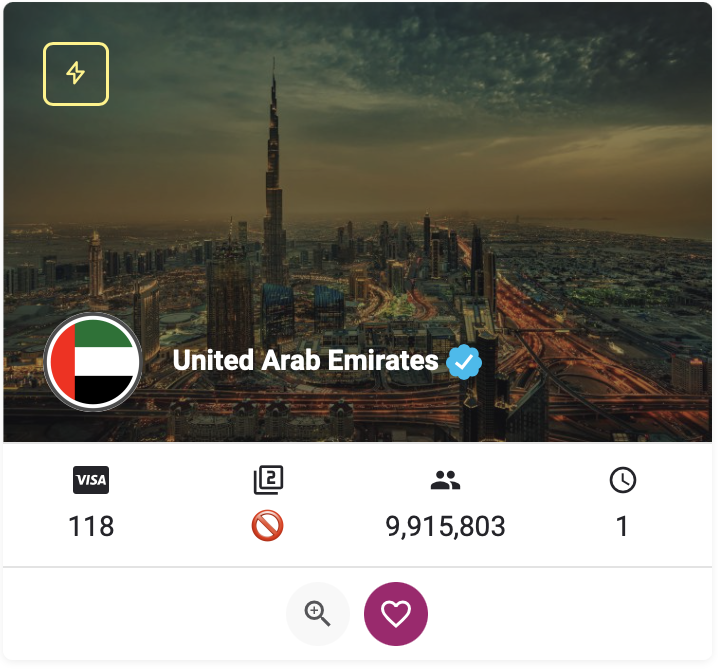“The idea of producing a ligand-iron fertilizer was formed by industrial waste with the support of projects with the support of the National Elite Foundation,” said Dr. The purpose of this project is to optimize the use of domestic industrial waste and effective fertilizer production for Iranian calcareous soil conditions. “
“Biological studies on iron -resistant plants in calcareous soils and identifying key compounds initiating enzymatic reactions in plants provided the scientific base of the project,” he said. “The research led to the design of a fertilizer formulation that, with a high percentage of soluble iron and high absorption, gives a practical response to the challenge of iron deficiency in agriculture.”
“The proposed ligand fertilizer is produced using advanced chemical and biological technologies using domestic industrial waste and has prominent features,” said Dr. Ghashlaghi. Including the fertilizer uses hydroxy pyridinone compounds, which, by forming a sustainable iron bond, enhances its absorption capability to a wide range of soil PC conditions. In addition, the special coating in the formulation of this fertilizer provides the most optimized PHP and oxidation potential and improves iron absorption. “Finally, the raw materials of the fertilizer include iron chips, steel slag and mines waste that are recycled and advanced techniques into soluble iron powder.”
A member of the Faculty of Environment of the University of Tehran University of Environmental Improvement, Environmental Adaptation, Support for the domestic economy and reduced import dependence, including the benefits of this fertilizer, added: “Economically, this fertilizer is a favorable option for domestic farmers.”
“Ligand-Iron fertilizer, in addition to domestic consumption, also has the ability to export and can provide the basis for other projects with optimal economic and environmental productivity using industrial waste,” said Dr. Ghashlaghi.
It is worth mentioning that the Ligand-Iron fertilizer production plan is currently in the patent phase and will soon enter the commercial production phase.
(tagstotranslate) University of Tehran (T) Agriculture (T) Scientific Research
RCO NEWS

















